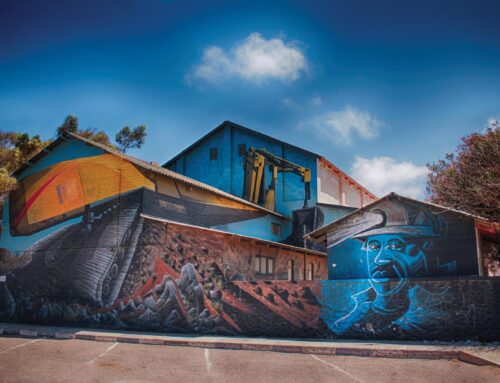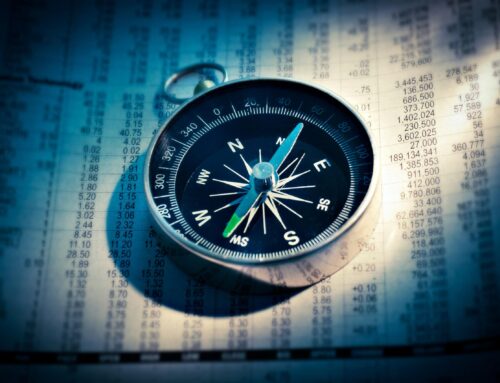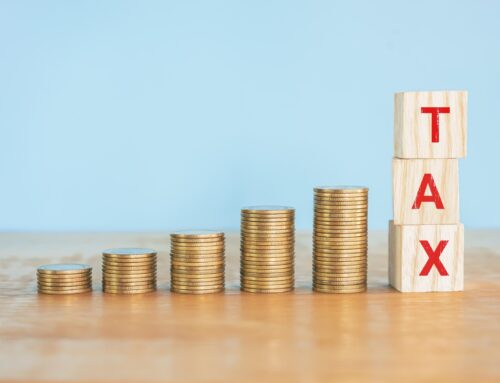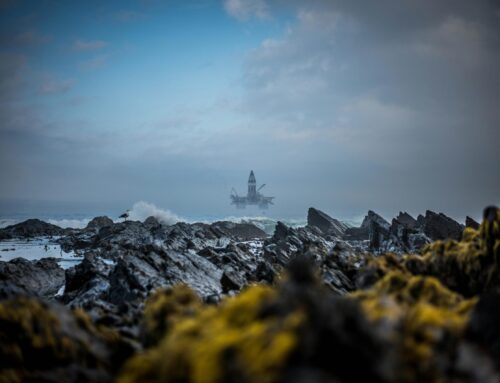NAMIBIA OPEN FOR TRADE
Namibia is a land of sunshine, stark contrasts, friendly people … and wide, open spaces. Like its landscape, it is also wide open to opportunities for trade, whether locally, regionally, continentally or internationally.
Namibia is a country with a very stable government – an essential requirement for trade. Elections for the country’s parliament and the president are held every five years. There has been no violence, banning of opposition leaders or rigging of results since the country’s first post-independence elections early December 1994. The country prides itself in the fact that all these elections have been declared free, fair and credible by the international community.
The most striking example of the country’s political maturity was the smooth transition of power when the country’s third president, Dr Hage Geingob, passed away before his term had expired. Unlike many other countries in the world, there was no insecurity, instability or troops on the street when the deputy president, Nangolo Mbumba, was sworn in as the country’s fourth president on the same day that Dr Geingob passed away. Two central pillars of the country’s constitution – the separation of powers and the rule of law – have also been observed scrupulously.
A sound transport infrastructure is essential for the facilitation of trade and to this end the Namibian government has invested billions of Namibian dollars to expand and upgrade the country’s road and rail infrastructure. With over 9,000 km of standard bitumen (tar) roads, Namibia has the best road infrastructure in Africa. The expansion and development of the country’s road infrastructure will improve trade – not only domestically but also regionally.
Situated on the southwestern coast of Africa, the port of Walvis Bay has positioned itself into an international logistics hub for Southern Africa. The four Walvis Bay corridors provide direct access by road to markets with more than 350 million people in South Africa, Angola, Botswana, Zambia and Zimbabwe, as well as Lubumbashi in the Democratic Republic of Congo. These corridors are served by an efficient and professional logistics sector that provides all the services required for trade beyond the borders of Namibia. By using the Trans-Kalahari Corridor, which links Namibia with Botswana and South Africa, goods can be transhipped from Walvis Bay to South Africa’s economic hub, Gauteng, instead of vessels going to Cape Town or Durban, which have been plagued by lengthy delays, saving up to 11 days of transit time.
Billions of Namibian dollars have been allocated in the past decade to upgrade the country’s 2,687 km-long railway network to comply with the minimum Southern African Development Community (SADC) standards. The planned Trans-Kalahari railway corridor between Namibia and Botswana and the 772 km-long Trans-Zambezi railway line from Grootfontein to Katima Mulilo will also boost trade with the country’s neighbours.
Following the turbulence in the global airline industry as a result of the impact of Covid-19, there have been several positive developments to improve the country’s connectivity by air regionally as well as internationally. This will also go a long way to improve trade with Namibia
EXCITING DEVELOPMENTS
The light oil and associated gas discoveries in the Orange Basin by several international oil companies since February 2022 have placed Namibia at the forefront of the international search for oil. There are also plans to develop the vast resources of the Kudu Gas Field, which was discovered in 1974 but is yet to be developed. These developments will create numerous opportunities for the country’s manufacturing industry and trade, as well as thousands of jobs, especially in the south of the country.
Another major development that will make Namibia a leading global producer of green hydrogen and ammonia is the planned production facility in the Tsau //Khaeb National Park near Lüderitz. Hyphen Hydrogen Energy targets the annual production of 1 million tonnes of green ammonia by 2027 and 2 million tonnes of green ammonia by 2029. The project will cost an estimated N$170 billion and will necessitate not only the expansion of the existing port of Lüderitz, but the construction of a new port at the harbour town. It will also require massive investments in construction and infrastructure, which present numerous opportunities for trade.
AFRICAN CONTINENTAL FREE TRADE AREA
Looking beyond trade with Southern Africa’s landlocked countries, the African Continental Free Trade Area (AfCFTA), although still very much in its infancy, creates vast opportunities for trade with an estimated market of 1.3 billion people across 55 African countries. Namibia signed the African Continental Free Trade Agreement during the 31st ordinary session of the African Union (AU) Summit in July 2018 and ratified the agreement in early 2019.
The free trade area aims to accelerate intra-African trade and boost the continent’s trading position globally. Under the agreement, members are required to eliminate tariffs over a period of five, ten or 13 years, depending on the country’s level of development or the nature of the products.
GROWTH AT HOME
There are numerous examples of innovative manufacturing ventures and trade locally. Namibian beer is exported to several African countries, while high-quality, locally manufactured pasta products are exported to South Africa and abroad. And who would have thought that there is a market to export Namibian chilli sauces abroad?
Namibia is a net importer of cereals, and during years of poor rainfall the country imports up to 75% of its grain requirements. The country also imports 95% of its fruit, mainly from South Africa. Blueberries, which are grown in the Kavango East Region, are exported to Europe, while table grapes, citrus fruit and dates, grown along the Orange River in the south of the country, are also exported abroad, creating many jobs and valuable foreign exchange. The production of cereals at green schemes along the perennial Kavango River and horticulture products along the Orange River presents numerous opportunities for trade.
The management of plastic waste in Namibia received a boost with the opening of a plant at Okahandja, 70 km north of Windhoek, in May 2024. The plant will convert discarded plastic bottles made from polyethylene terephthalate (PET) into flakes which can, among other things, be processed into recycled PET products.
In the north of the country, entrepreneurs have realised that there is money to be made from scrap metal. Car wrecks that used to litter the roadsides in Owambo and scrap metal are finding their way to scrapyards, earning an income for the seller as well as the scrapyard owners. The scrap metal is baled and transported to South Africa for further processing.
Looking into the future, there are numerous opportunities in Namibia for trade within the region, the continent and the world. Increased trade will create jobs, reduce poverty, ensure stability and generate foreign exchange, so why wait?







